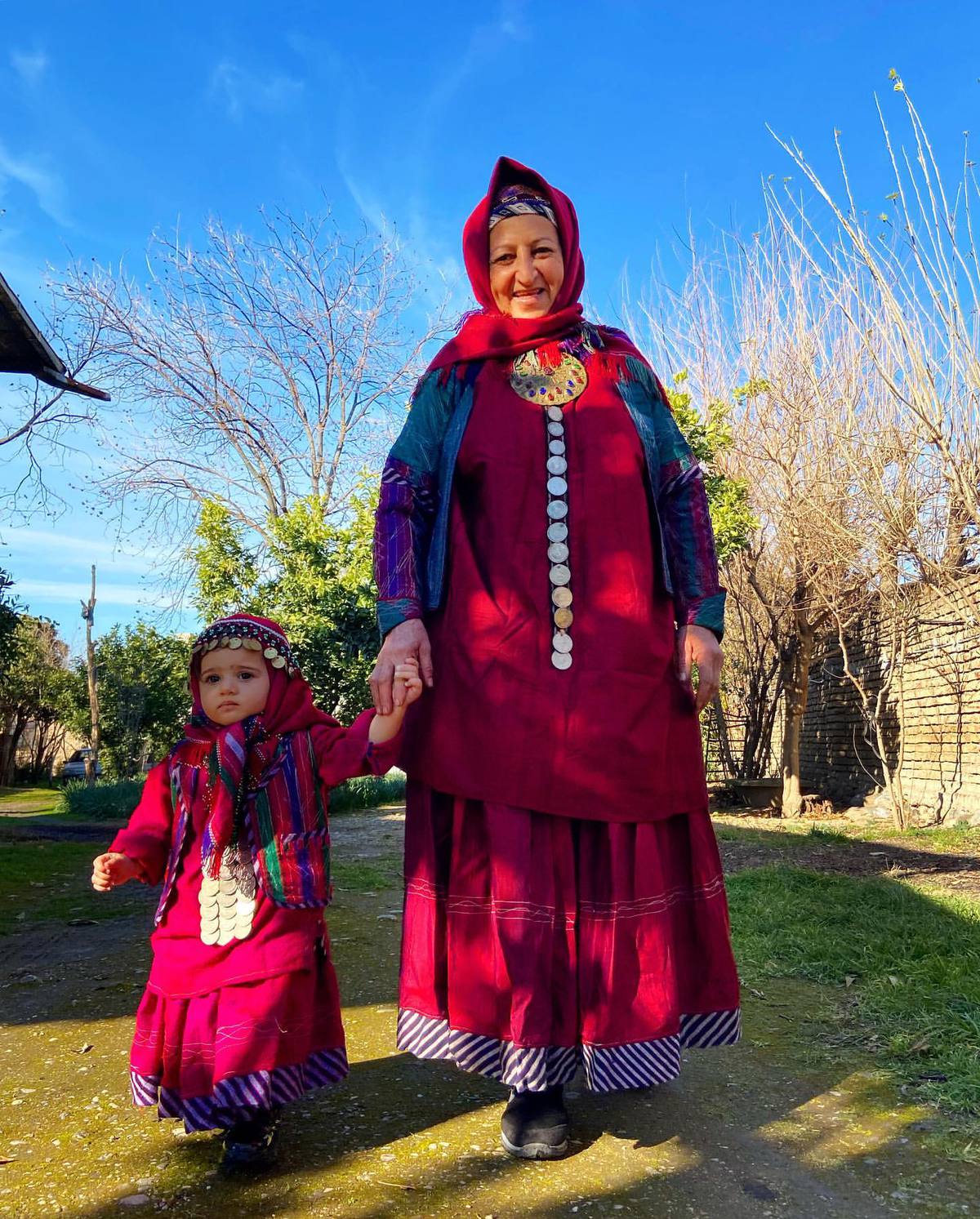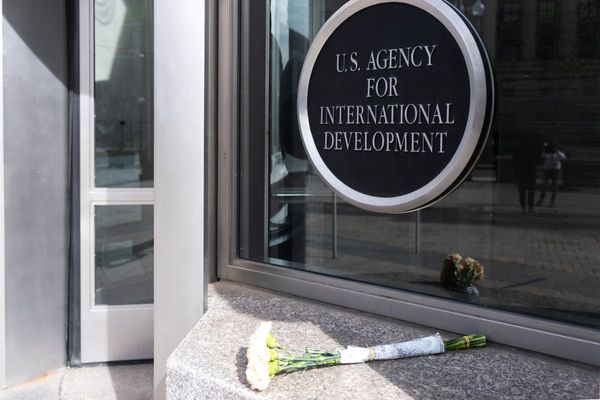
This article first appeared in our partner site, Independent Persian
The tribes of the Qizilbash are known for instrumental role in the rise to power of Iran’s Safavid dynasty in the 16th century and their unwavering support for its kings. Qizilbash Turks — once proud and politically influential — now mostly dwell in the provinces of East and West Azerbaijan in Iran. Their dialect of Qizilbashi Turkic has now mostly been replaced with the regional Azeri Turkic.
Today, the northern cities of Ramian, Minudasht and Aliabad Katool are home to a large population of Qizilbash Turks. Having migrated from Karabakh, Nachcivan and Urumiyah in the 16th and 17th centuries, they have preserved much of their original culture and language. They form a majority of the population of the cities of Ramian and Minudasht.
Linguistically, the Qizilbash dialect in Ramian bears resemblance to the language of the Turkmen of Nokhurli.
Why did the Qizilbash migrate?
The migration of the Qizilbash to the Turkmen Sahra, a region in the northeast of Iran near the Caspian Sea, had political, security and military reasons, as they feared attack by Turkmen and Uzbek tribes who did not accept the Shia faith (which the Safavid dynasty sought to impose on the Sunni population of Iran).
Following the defeat of the Uzbeks by the Safavid army of Shah Abbas, the Qizilbash became the gendarmes of the Turkmen Sahra. Magtymguly Pyragy, an 18th century Turkmen poet, lamented in his verse: “I worked hard for five years on a book; the Qizilbash came and destroyed it.”
Following the defeat of Turkmen and Uzbeks, the Qizilbash started to build military bases and established several villages in the Turkmen Sahra region. Today, aerial pictures of the region show the villages and towns were formed in a linear, defensive way, in order to prevent Turkmen clans from uniting.

Who are the Qizilbash?
Qizilbash is one of the many names used for nomadic Turkmens who converted to Islam in the 10th century and reconciled their new religion with some of their former beliefs and traditions. Qizilbash confederacies were mostly formed of Oghuz Turks in Azerbaijan and eastern Anatolia. Allying with the tribes of southern Savalan, Qaradaq and Moqan, the Qizilbash came under the command of Shah Ismail and formed an increasingly powerful part of his Safavid army.
The term Qizilbash is derived from two Turkic words meaning ‘red’ and ‘head’ and is said to originate in the red headgear they famously wore. It is not known when the name Qizilbash was first used to describe a distinct religious and social group but most historians trace this to the 15th century. Historical sources also show that the Ottomans used the term ‘Qizilbash’ to refer to opponents and rebels.
Qizilbash dress: a play of art and silk
For both Qizilbash men and women, silk is an inseparable part of their attire. Intricate use of silk threads is a feature of Qizilbash clothing.
Speaking to Independent Persian, Hajar Mamashli, a researcher based in Minudasht, said: “Qizilbash menswear consists of a pair of silk trousers with a collarless slanted red shirt which is decorated on the left side. Red is a colour favoured by Turkic peoples, including Turkmens.”
Highlighting the intricate work on Qizilbash women’s clothes, she explains, “Women’s clothes consist of several components: headwear, tunic and skirt.”
“We have different kinds of headgear for women depending on their marital status. Alindaq, which is fully embroidered and worn under a scarf, is exclusive to married woman. The headgear for girls is embroidered with coins and buttons and is worn under a silk scarf decorated with beads. It is traditional for women to wear a dress along with a Kolaja, a vest-like garment with sleeves. The sleeves have sharp ends and resemble swords.”
Unlike some cultural dress, their attire does not extend to the wrist and has embroidered designs on the skirt and Kolaja. These are worn over pant skirts, which have silk work in a black and white design known as Ala Balaq. According to Mamashli, the Qizilbash attire resembles the dress of the Shahsavans.
Expressing her concern about the decline in Qizilbash attire, she said: “Given the heavy weight of the outfit and its many parts, it has gradually come to be a symbolic form of dress worn in weddings and festivals.”

An endangered language
The decline in the Qizilbash Turkic dialect can be attributed in part to the government’s neglect of the issue. Iranian authorities continue to make promises about introducing teaching of regional languages but there has been no action. Mohammad, a retired teacher from Minudasht who is Qizilbashi, says he is worried about the extinction of Qizilbash Turkic.
“Sadly, many people today are embarrassed about speaking Qizilbash Turkic,” Mohammad says. “The new generation is indifferent to their identity. Many consider themselves Persians and are unaware of their own identity.
“In all parts of Iran, people speak Persian with an accent: Shirazis, Isfahanis, Yazdis all have their own accents. We don’t have a standard Persian accent. Who said that there should be a standard way of speaking? This thinking has led to the weakening of our language. I hope parents soon wake up to this danger.”
Zeynab, 70, from Ramian, agrees.
“Our Turkic is being forgotten by the new generation. The Persian language has become so dominant that today even many of the words we use in our daily speech are Persian because families prefer to speak Persian for their children to do well in school. This is leading to a gradual loss of Qizilbash Turkic and many of our customs, culture and attire.”
According to UN data, a language disappears every two weeks. UNESCO estimates that 40 percent of the world’s population today are taught in a language that is not their mother tongue.
Iran is a country made up of diverse ethnic groups, all of which add to the richness of its cultural landscape. The death of the language of a people means the loss of a part of Iran’s history and culture. There should be an opportunity for all to speak in their mother tongue. Civic, international and political bodies should work to prevent the extinction of existing languages in the country.
Reviewed and proofread by Tooba Ali and Celine Assaf







